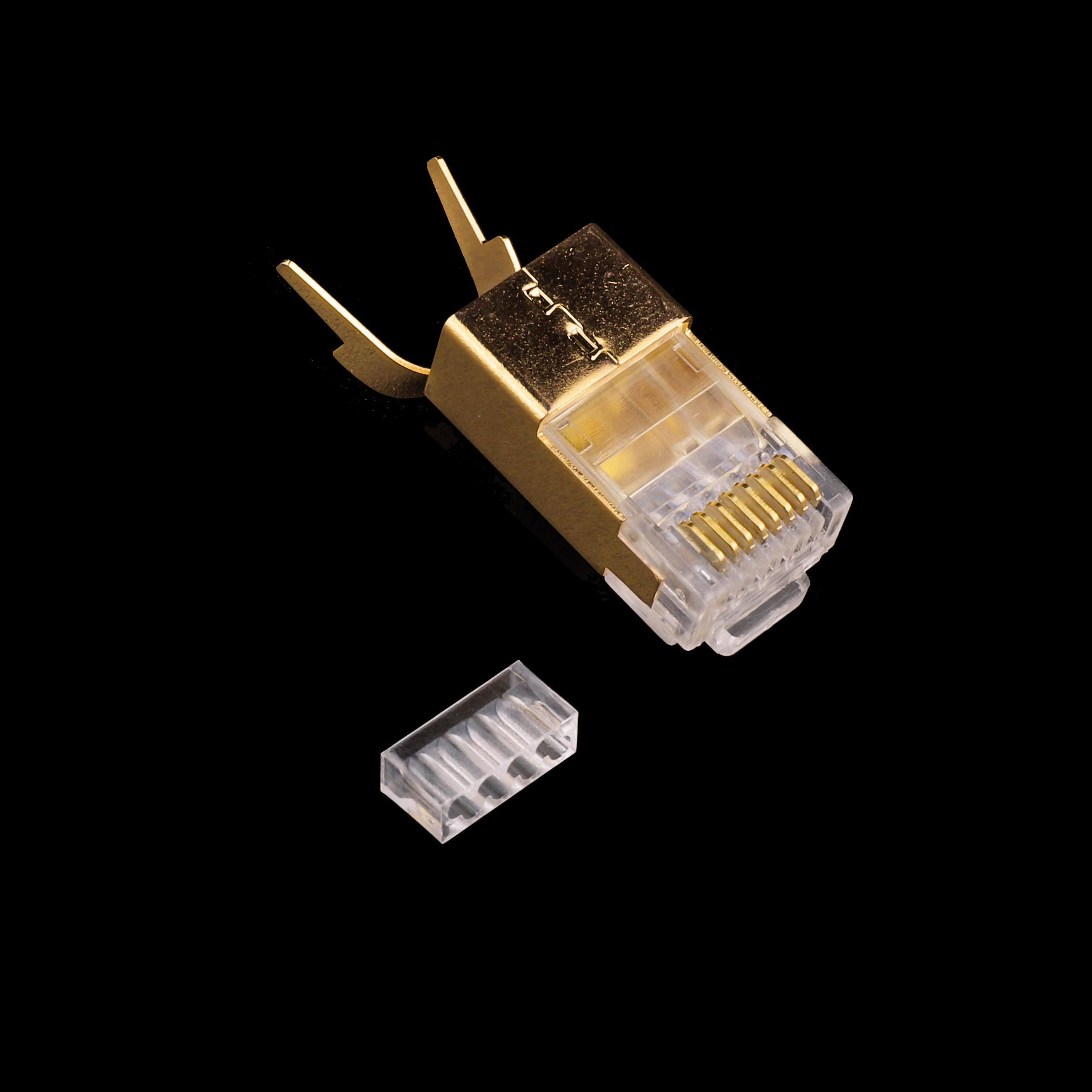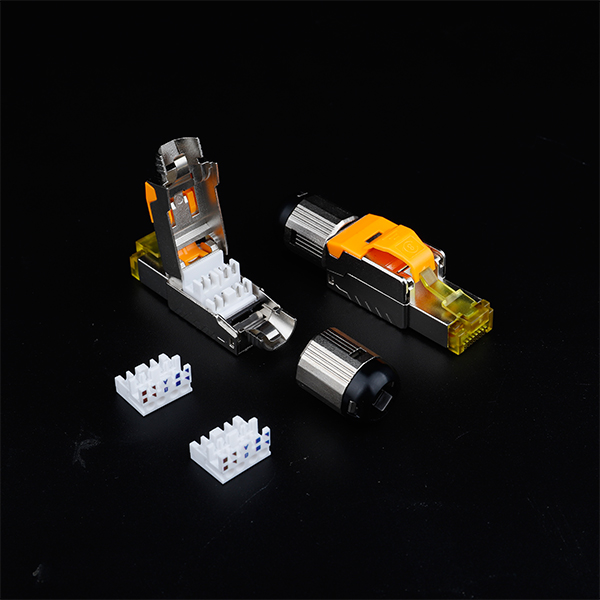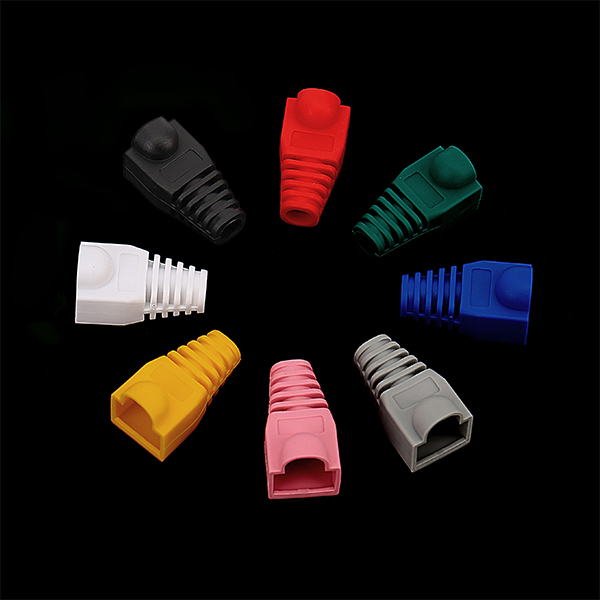1. connector: usually mounted on a cable or device for the transmission line system electrically connected detachable components (except for adapters).
2. RF connectors: are used in the RF range of connectors.
3. video: radio waves in the frequency range between 3HZ and 30MHZ.
4. RF: radio waves in the frequency range between 3 thousand HZ ∽ 3000GHZ.
5. high frequency: frequency range between 3MHZ ∽ 30MHZ radio waves. 6.
6. coaxial: the inner conductor has a dielectric support, the structure can be used in the measurement of the frequency range to get the minimum internal reflection coefficient.
7. tri-coaxial: transmission line consisting of three concentric conductors with a common axis and insulated from each other.
8. grade: the level of mechanical and electrical precision of the connector, especially in terms of the specified reflection coefficient.
9. General purpose connectors (Class 2): A connector manufactured with the widest allowable dimensional deviation (tolerance), but still ensuring a minimum of specified performance and intermatchability.
10. High-performance connectors (Level 1): by frequency variation to specify the limit value of the reflection coefficient of a connector, usually the specified dimensional tolerances are not stricter than the corresponding level 2 connectors, but the need to ensure that the connector meets the requirements of the reflection coefficient, the manufacturer has the responsibility to choose a tighter tolerance.
Note: The requirements of the reflection coefficient can be specified, or not.
11. Standard test connector (Class 0): A specific type of precision manufactured connector used to measure the reflection coefficient of Class 1 and Class 2 connectors, which causes negligible error in the measurement results.
Note: The standard test connector is usually part of an adapter between different types, and the adapter is connected to the precision connector to form part of the test equipment.
12. Seals Note: Seals are usually supplied as a separate product.
12.1 Sealed connector: A connector that has the ability to meet specified requirements for sealing of gases, moisture or liquids.
12.2 Barrier Seal: A seal that prevents the entry of gases, moisture, or liquids into the connector housing along the axial direction.
12.3 Panel Seal: A seal that prevents gas, moisture or liquid from entering between the fixed or adapter housing and the panel through the mounting holes.
12.4 Plug surface sealing: Seal to prevent gas, moisture or liquid from entering the interface of a pair of plug-in connectors.
12.5 Gas seal: A seal that meets the requirements of test Qk in IEC 60068-2-17 "Basic Environmental Test Procedure Part 2: Test - Test Q: Seal".
- High-speed electrical connectors in the development of the four characteristics and the use of three key technologies
- Connector manufacturers in-depth analysis of the key indicators of the quality of the connector gold plating layer
- What are the common terminology used in connectors?
- Customers should be concerned about those points when choosing a connector?









 Follow Sweep
Follow Sweep
